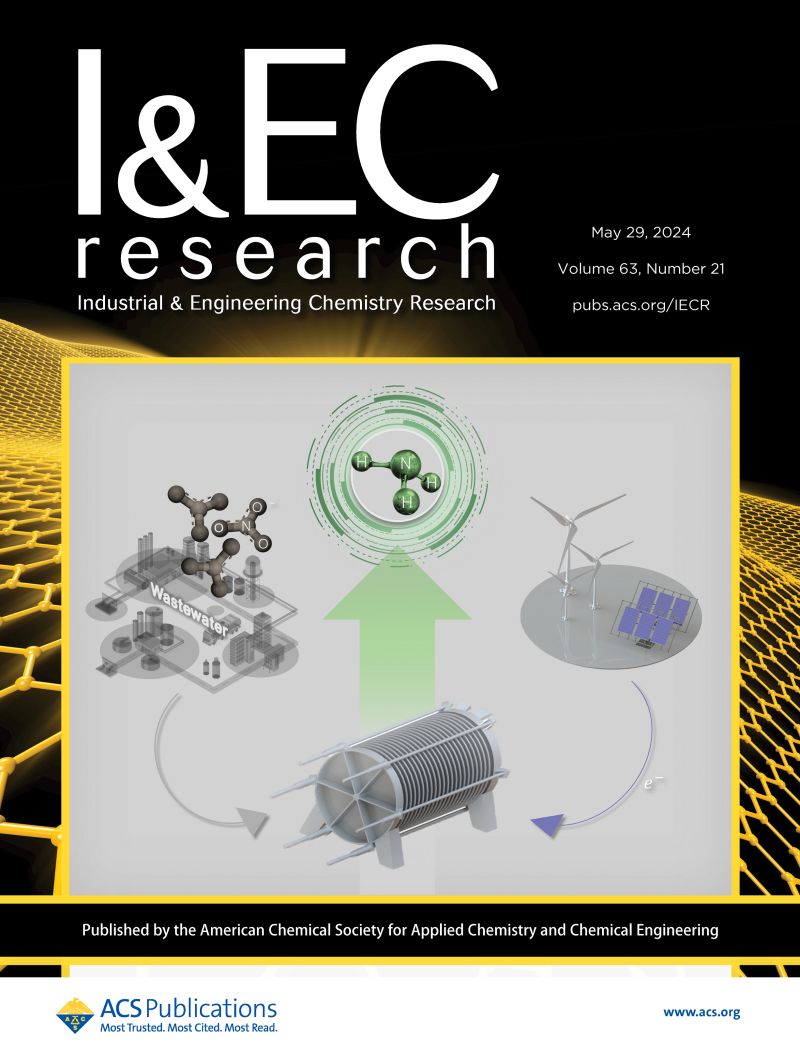Investigation of Structure-Performance Relationship of Heat Exchanger using Topology Optimization
IF 3.8
3区 工程技术
Q2 ENGINEERING, CHEMICAL
引用次数: 0
Abstract
Heat exchangers often face challenges such as uneven flow distribution, low heat transfer efficiency, and excessive pressure loss, which hinder energy utilization and operational performance. To address these issues, this study employs topology optimization and parameter optimization methods to enhance the flow and heat transfer performance of heat exchanger tube bundles. First, a shape sensitivity analysis is conducted to identify key regions influencing performance, revealing that the intervals of 60–100 and 260–300° exhibit the highest sensitivity. The topology-optimized structure demonstrates significant improvements, with a 6.40% increase in flow performance, a 0.63% enhancement in heat transfer efficiency, and a 7.54% boost in overall performance compared to the original structure with an average deformation of 0.05 mm. Parameter optimization, while yielding slightly lower performance gains, produces more regular and industrially feasible structures. The study highlights the advantages of topology optimization in exploring a broader design space without being constrained by predefined parameters, offering a more efficient approach to performance enhancement. By integrating sensitivity analysis and optimization techniques, this research provides theoretical guidance for the structural design of heat exchangers, contributing to improved energy efficiency and operational stability in industrial applications.

基于拓扑优化的换热器结构-性能关系研究
热交换器经常面临流量分布不均、传热效率低和压力损失过大等挑战,这些问题阻碍了能源利用和运行性能。为解决这些问题,本研究采用拓扑优化和参数优化方法来提高换热器管束的流动和传热性能。首先,进行了形状敏感性分析,以确定影响性能的关键区域,结果表明 60-100° 和 260-300° 之间的敏感性最高。与平均变形量为 0.05 毫米的原始结构相比,拓扑优化后的结构有了显著改善,流量性能提高了 6.40%,传热效率提高了 0.63%,整体性能提高了 7.54%。参数优化虽然带来的性能提升略低,但却能产生更规整、更符合工业要求的结构。这项研究凸显了拓扑优化在探索更广阔的设计空间方面的优势,而不受预定义参数的限制,为性能提升提供了一种更有效的方法。通过整合敏感性分析和优化技术,这项研究为热交换器的结构设计提供了理论指导,有助于提高工业应用中的能源效率和运行稳定性。
本文章由计算机程序翻译,如有差异,请以英文原文为准。
求助全文
约1分钟内获得全文
求助全文
来源期刊

Industrial & Engineering Chemistry Research
工程技术-工程:化工
CiteScore
7.40
自引率
7.10%
发文量
1467
审稿时长
2.8 months
期刊介绍:
ndustrial & Engineering Chemistry, with variations in title and format, has been published since 1909 by the American Chemical Society. Industrial & Engineering Chemistry Research is a weekly publication that reports industrial and academic research in the broad fields of applied chemistry and chemical engineering with special focus on fundamentals, processes, and products.
 求助内容:
求助内容: 应助结果提醒方式:
应助结果提醒方式:


